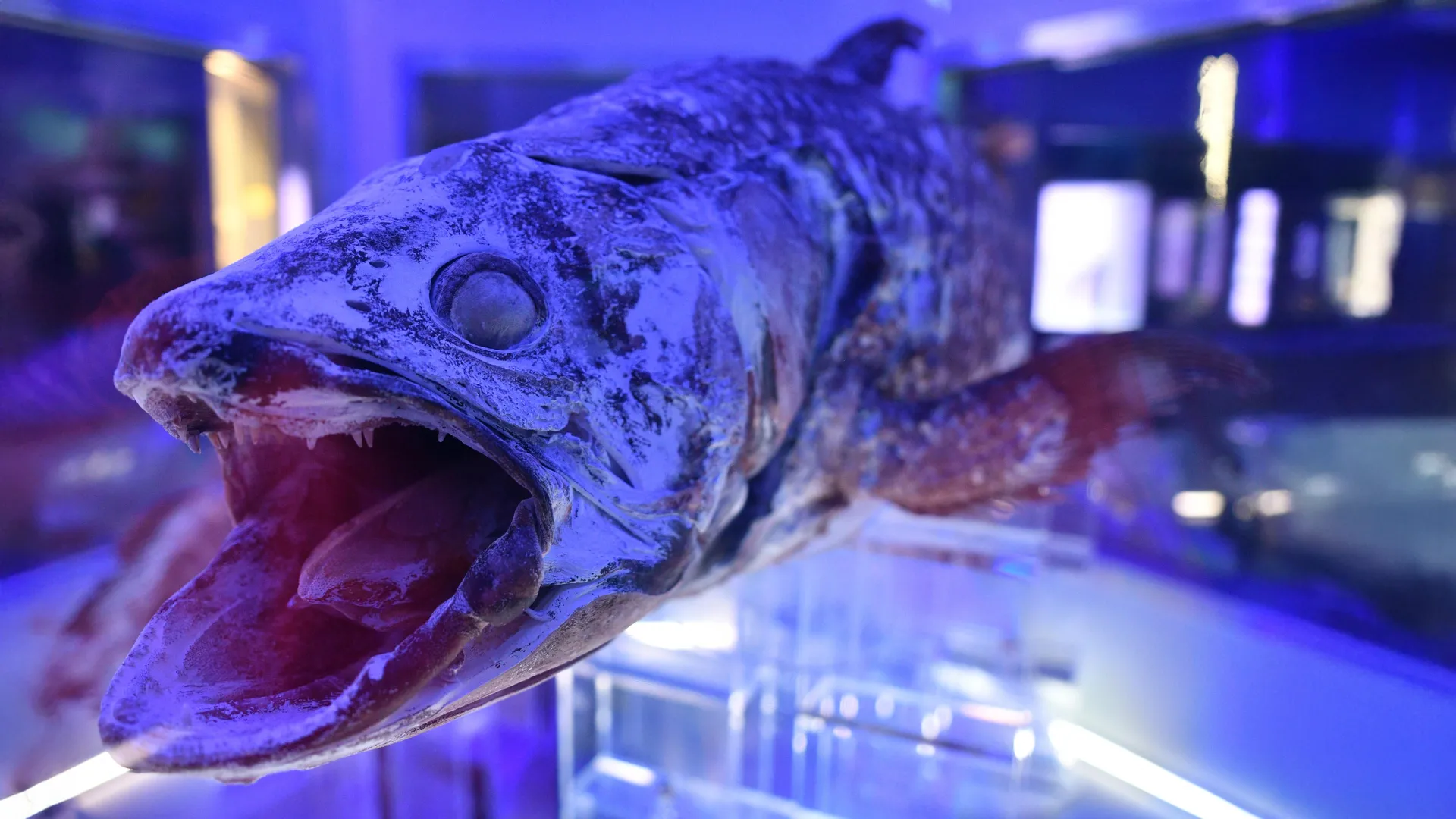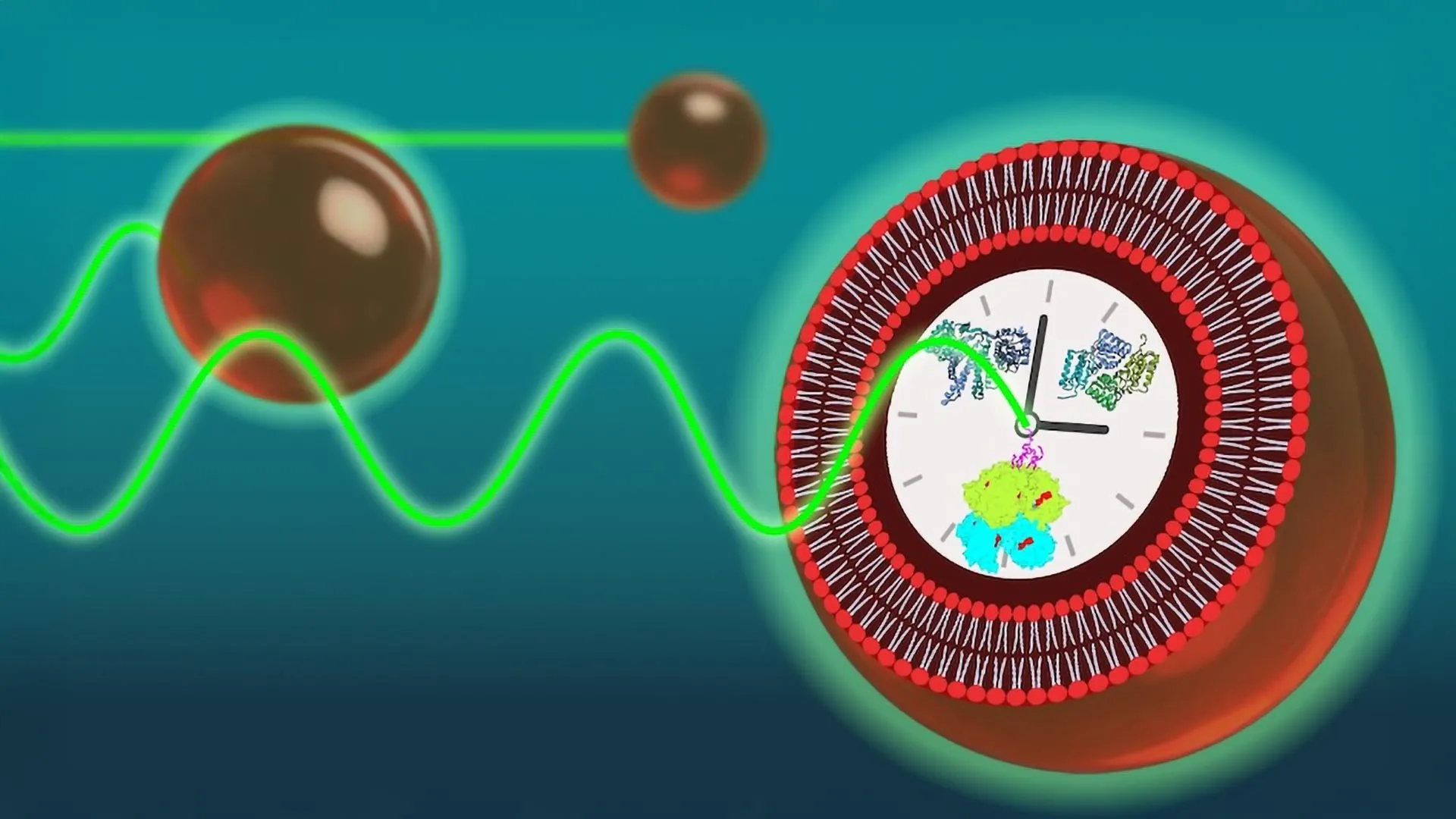Now Reading: 400-Million-Year-Old Fish Challenges Key Assumptions in Evolution Theory
-
01
400-Million-Year-Old Fish Challenges Key Assumptions in Evolution Theory
400-Million-Year-Old Fish Challenges Key Assumptions in Evolution Theory

### Fast summary
– Researchers from the University of São Paulo (USP) and Smithsonian Institution published new findings on the African coelacanth (Latimeria chalumnae) in *Science Advances*.
– Key discovery: 13% of previously identified cranial evolutionary muscle novelties were accurate; nine new transformations related to feeding and respiration identified.
– Coelacanth anatomy remains more similar to cartilaginous fish (e.g., sharks, rays) and tetrapods than ray-finned fish, which make up half of living vertebrates.
– Incorrect prior assumptions suggested coelacanths had muscles for suction feeding, but these were revealed as ligaments incapable of contraction.
– The study refines understanding of vertebrate evolution, specifically cranial musculature differences between major groups like tetrapods, lobe-finned fish, and ray-finned fish.
– Coelacanths live at ~300 meters depth in protected environments with slow genome changes due to minimal predators; discovered alive in 1938 after being known solely through fossils (~400 million years old).
– Specimens for dissection were borrowed from institutions like The Field Museum and Virginia Institute of Marine Science.dissections clarified errors persisting over decades in scientific literature.
[Read More](https://www.sciencedaily.com/releases/2025/07/250729001225.htm)
—
### Indian Opinion Analysis
This research advances our understanding of vertebrate evolution by correcting long-standing misconceptions about the anatomy and cranial musculature functionality in coelacanths. While previously thought to share suction-feeding traits with ray-finned fishes due to shared ancestry from approximately 420 million years ago, new evidence shows distinct anatomical adaptations better aligned with predatory biting behavior akin to sharks or tetrapods.
The findings not only recalibrate evolutionary timelines but also illustrate how meticulous analyses can overturn entrenched scientific assumptions-an approach that holds lessons for biological studies globally. for India-investing substantially in zoological research-it underscores both the importance of international collaboration (as seen here between Brazil & US institutions) and the critical role anatomical precision plays across disciplines ranging from genomics to ecology. These discoveries may inspire further exploration into rare species within Indian waters that could similarly reshape scientific knowledge.
[Read More](https://www.sciencedaily.com/releases/2025/07/250729001225.htm)


























